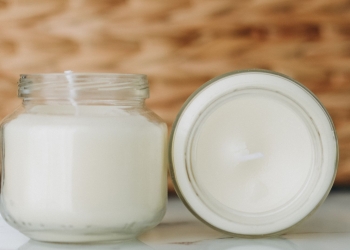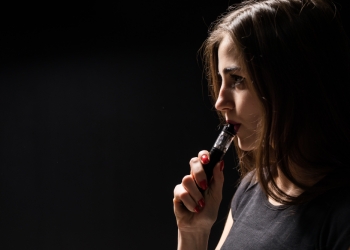When it comes to dining, proper etiquette plays an essential role in making a favorable impression. The way we handle our cutlery, particularly the knife, and fork, can significantly impact our dining experience and how we are perceived by others.
In this article, we will delve into the world of knife and fork etiquette, providing you with valuable insights and guidelines to navigate formal and informal dining situations with confidence and grace.
The Importance of Knife and Fork Etiquette
Mastering knife and fork etiquette is not just about showcasing refinement; it also demonstrates respect for the host, fellow diners, and the culinary experience itself.
Proper table manners create a pleasant and harmonious atmosphere, allowing everyone to enjoy the meal without distractions or discomfort. Moreover, it also gives you confidence when you know how to follow these cutlery items in a traditional way.
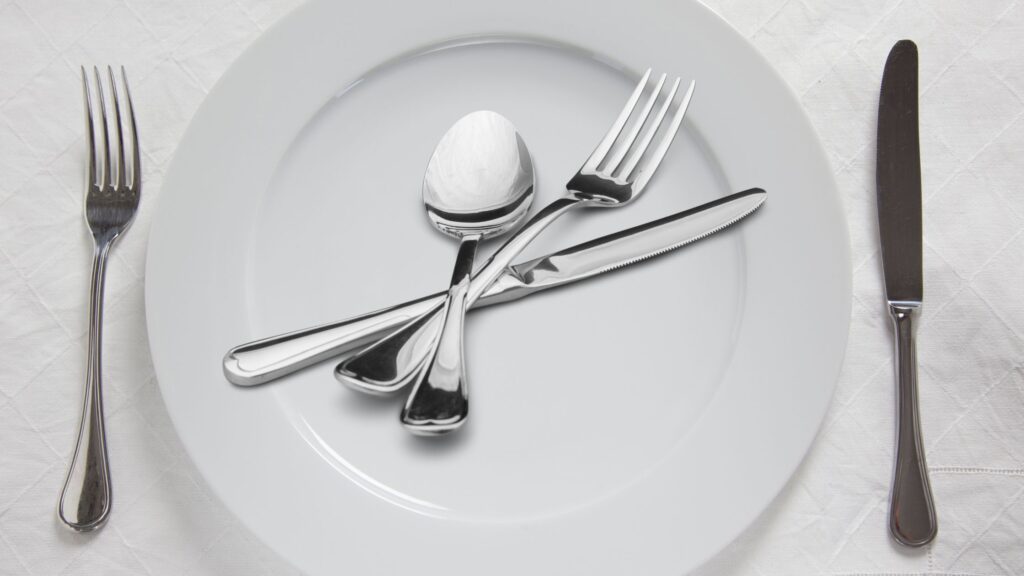
Understanding the Place Setting
Before we delve into the specifics of knife and fork usage, let’s familiarize ourselves with the typical place setting.
In a formal dining setting, the table is usually set with a variety of cutlery, glasses, and plates. Each piece of cutlery has a designated purpose and position, which indicates the order in which it should be used throughout the meal.
Holding the Knife and Fork
To maintain a polished appearance, it’s crucial to hold the knife and fork correctly. You must hold the fork with your left hand and the knife with your right hand.
The index finger should rest along the top edge of the handle, providing stability and control. Avoid gripping the utensils too tightly, as it may appear aggressive or clumsy.
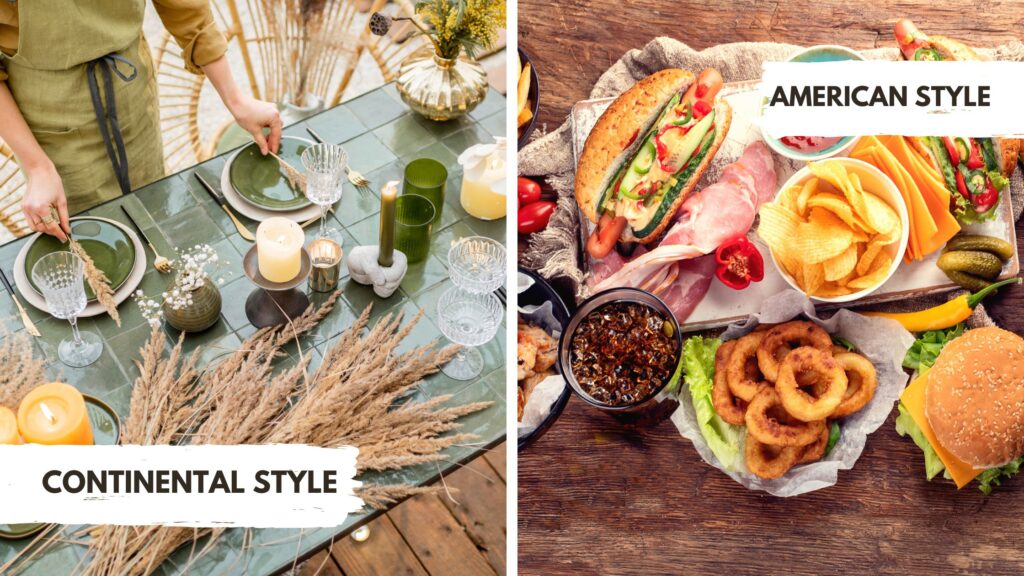
Continental vs. American Style
There are two main styles of dining with a knife and fork: Continental and American. In the Continental style, the fork remains in the left hand, and the knife is used solely for cutting.
In the American style, the fork is transferred to the right hand after cutting, and it becomes the primary utensil for both cutting and eating. Familiarize yourself with both styles to adapt to various dining scenarios.
Cutting and Eating Techniques
When cutting your food, hold the item firmly with the fork and use the knife to make clean, precise cuts. After cutting a small portion, place the knife on the edge of the plate and transfer the fork to your right hand for eating.
Avoid cutting multiple pieces in advance, as it disrupts the flow of the meal and may appear impolite.
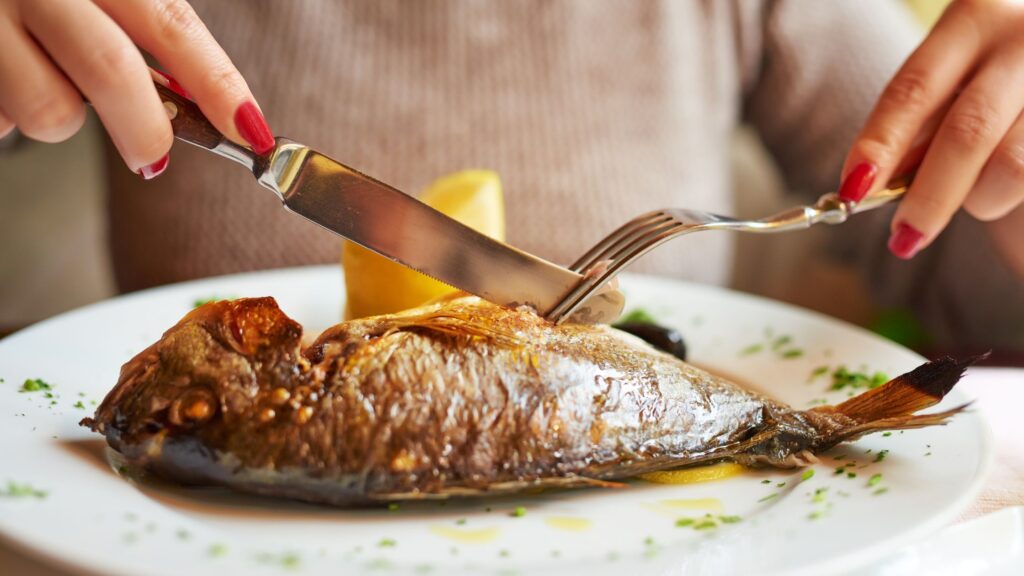
Appropriate Resting Positions
When pausing during your meal, it’s important to position your knife and fork correctly to indicate whether you’re finished or simply taking a break. Place the knife and fork parallel to each other across the plate, with the tines of the fork facing upward.
This signifies that you have not finished and will be continuing with the meal shortly. When you are finished eating, position the knife and fork side by side diagonally across the plate.
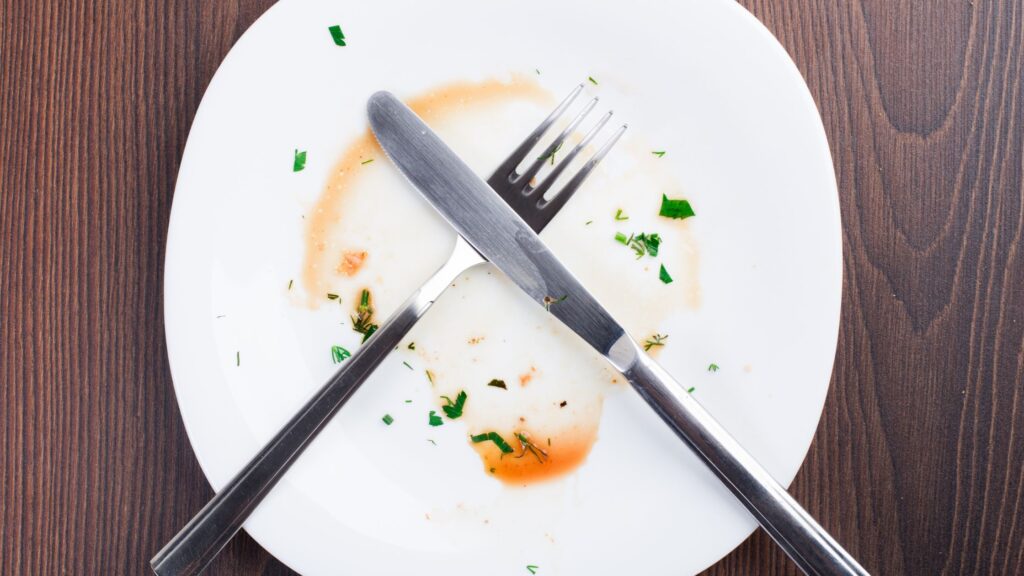
Navigating the Meal Course by Course
During a formal meal, multiple courses are typically served. It’s essential to follow the lead of the host or waitstaff, using the appropriate cutlery for each course.
Start from the outermost side of your plate and slowly move inward as the meal progresses. Avoid rushing and maintain a steady pace to synchronize with the other diners.
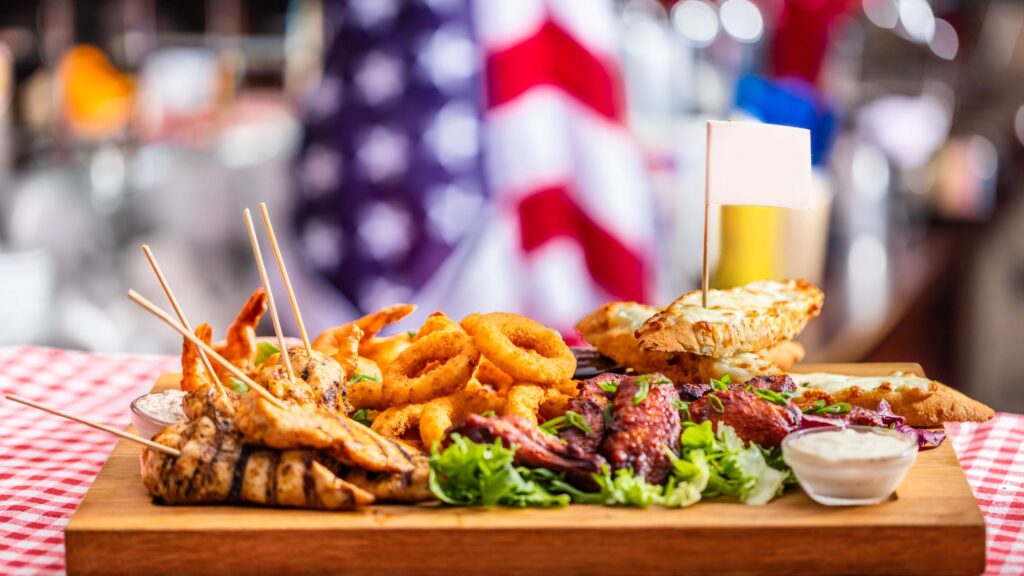
Dealing with Difficult Foods
Certain foods, such as shellfish or whole fish, may present challenges in terms of proper etiquette.
Familiarize yourself with the appropriate techniques for handling these foods, such as using a seafood fork or gently removing bones. Observe others and follow their lead if you are uncertain about the correct approach.
Proper Use of Napkins
Napkins are essential for maintaining cleanliness and tidiness during a meal. Place your napkin on your lap immediately upon sitting down, unfolding it discreetly.
Use your napkin to blot your lips when necessary, but avoid wiping your mouth vigorously or using it as a handkerchief. When leaving the table temporarily, loosely fold your napkin and place it to the left of your plate.
Indicating Finished and Unfinished Meals
To indicate that you have finished eating, position your knife and fork side by side diagonally across the plate, with the handles facing towards the bottom right.
If you need to step away momentarily during the meal but intend to return, place the utensils parallel to each other across the plate. These signals communicate your dining status to the waitstaff, ensuring efficient and unobtrusive service.
Communication at the Table
While dining, it is customary to engage in polite conversation with your fellow diners. Avoid discussing controversial topics or engaging in heated debates that could disrupt the pleasant ambiance.
It would be wonderful if you focus on maintaining a relaxed and enjoyable atmosphere for everyone at the table.
Common Mistakes to Avoid
Even the most well-intentioned individuals may make mistakes when it comes to knife and fork etiquette.
Some common blunders include resting utensils on the tablecloth, using the incorrect utensils for specific dishes, or holding the knife and fork like a pencil. By being aware of these mistakes, you can actively avoid them and project a refined image.
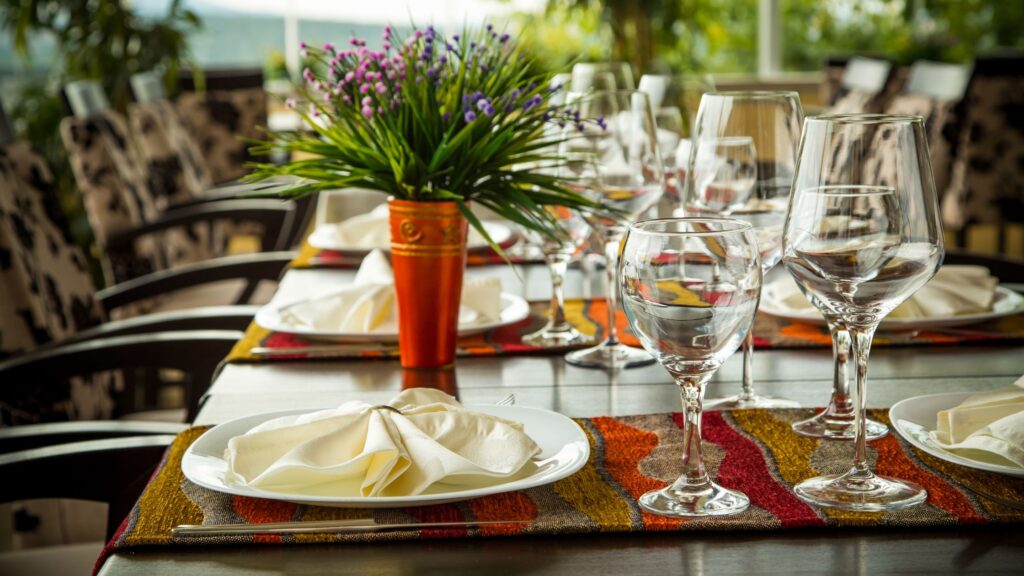
Etiquette in Different Dining Settings
Knife and fork etiquette can vary depending on the dining setting. Whether you find yourself in a formal restaurant, a casual café, or a business luncheon, it’s important to adapt your behavior accordingly.
Observe the behavior of those around you and follow their lead to ensure you are conforming to the appropriate etiquette for the occasion.
Etiquette for Special Occasions
Special occasions, such as weddings or formal banquets, often come with their own set of etiquette rules. Familiarize yourself with these specific guidelines to navigate these events with ease and elegance.
Proper etiquette during such occasions contributes to the overall enjoyment and success of the event.
Modern Trends and Adaptations
As times change, so does dining etiquette. Modern trends and adaptations, such as dietary restrictions or the use of alternative cutlery, have become more prevalent.
Stay informed about these developments and embrace the evolving landscape of dining etiquette while still maintaining the core principles of respect and courtesy.
The Bottom Line
Mastering knife and fork etiquette is a key skill that can elevate your dining experiences and leave a lasting positive impression on others. By following the guidelines provided in this article, you will be well-equipped to navigate formal and informal dining situations with confidence and poise.
Remember, proper etiquette is not about being stuffy or rigid; it’s about showing respect for others and creating an enjoyable atmosphere for everyone at the table.



